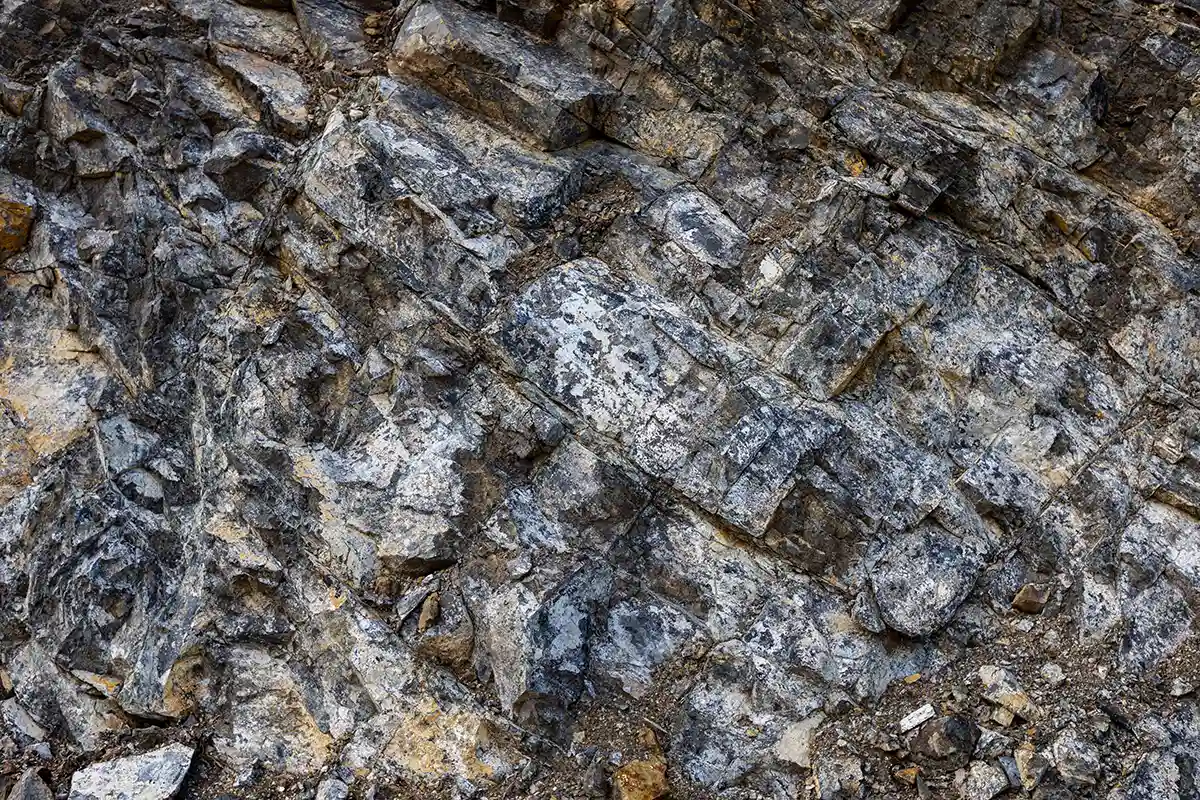Overview
Mafic and ultramafic rocks, such as basalt and peridotite, are widely distributed across the globe and can be generally associated with: oceanic crust; large igneous provinces, such as the Deccan traps (India), the Columbia River Basalt Group (USA) and the Parana-Etendeka province (Brazil, Namibia); ophiolitic complexes e.g. Samail ophiolite (Middle East) and Coast range ophiolite (California); exhumed mantle assemblages; subduction zones and volcanic arcs; and layered intrusions. Their widespread distribution offers an alternative storage opportunity for the permanent sequestration of CO2 compared to storage in a conventional sedimentary basin setting (i.e. saline aquifers or depleted oil and gas reservoirs). They largely rely on rapid in-situ mineralisation of injected CO2.
Recent field experiments in mafic-ultramafic rocks demonstrate the potential for such storage opportunity, and IEAGHG felt it timely to commission a critical evaluation of the technology at this point, to understand the progress made to date and some of the factors necessary to scale up to industrial volumes necessary to impact climate targets. Despite growing research, total injected CO₂ through subsurface mineralisation remains around 100,000 tonnes, primarily from CarbFix projects, but claims of total storage resources range upwards of gigatons to teratons.
This report evaluates progress, barriers, and knowledge gaps, and provides stakeholders, regulators, and investors with a comprehensive summary of current knowledge and understanding of subsurface carbon mineralisation in mafic-ultramafic reservoirs.


